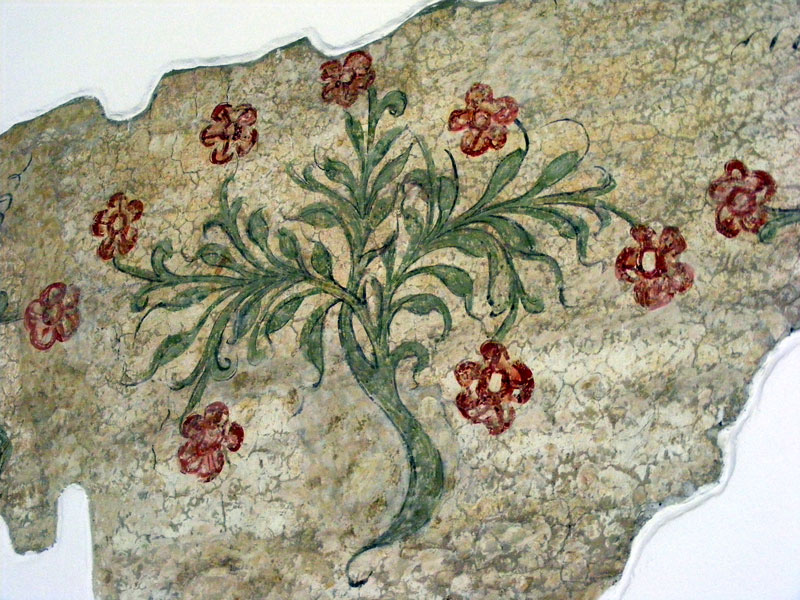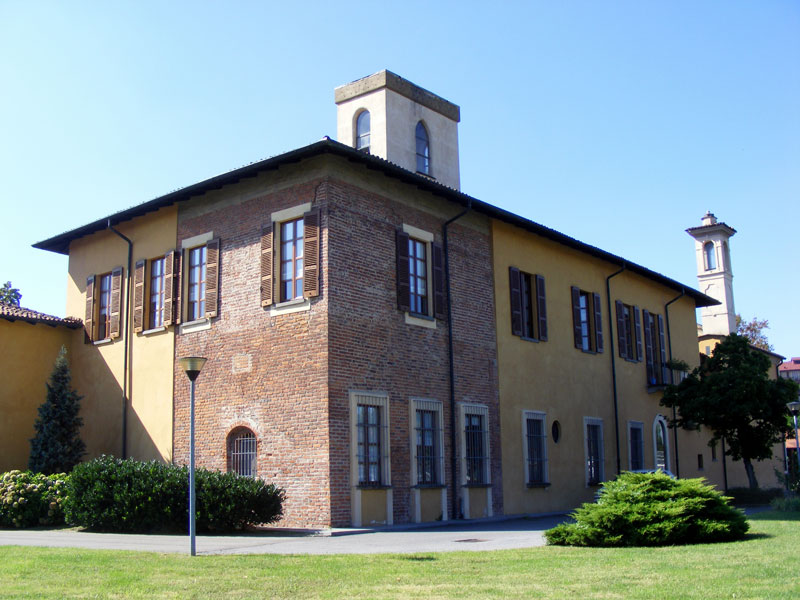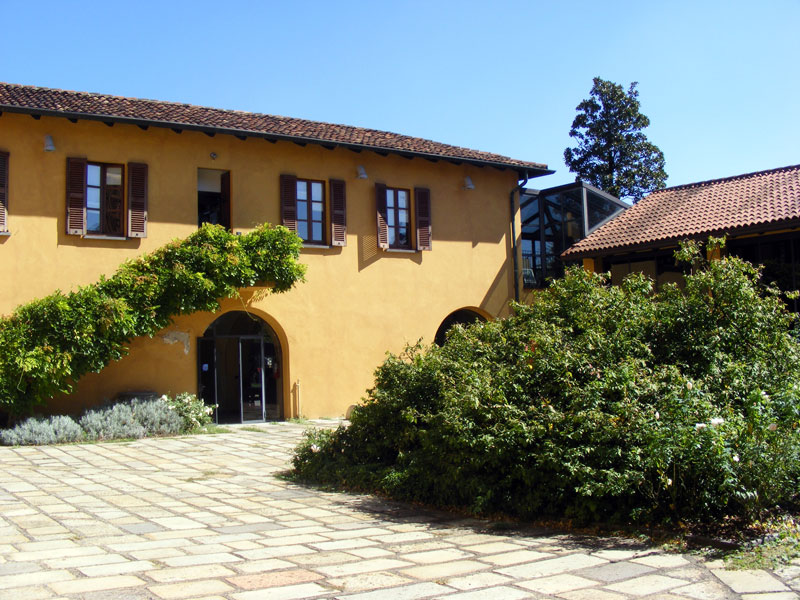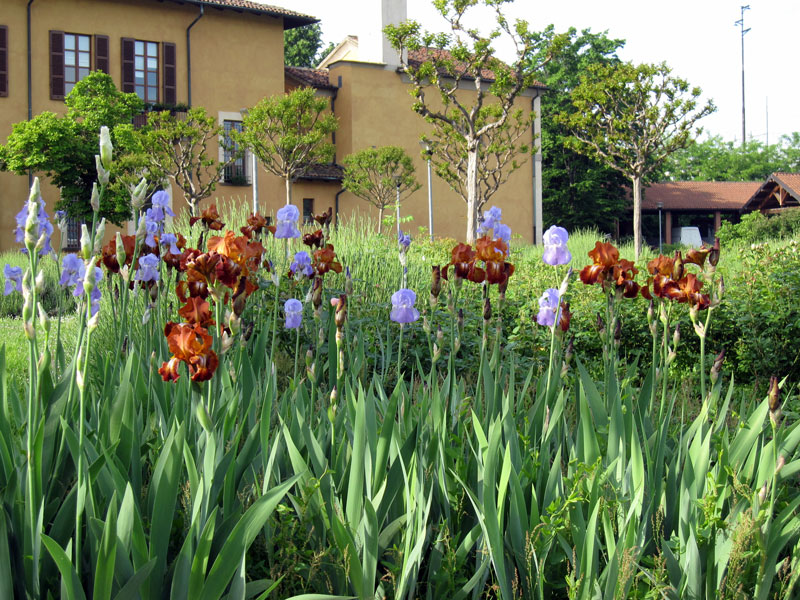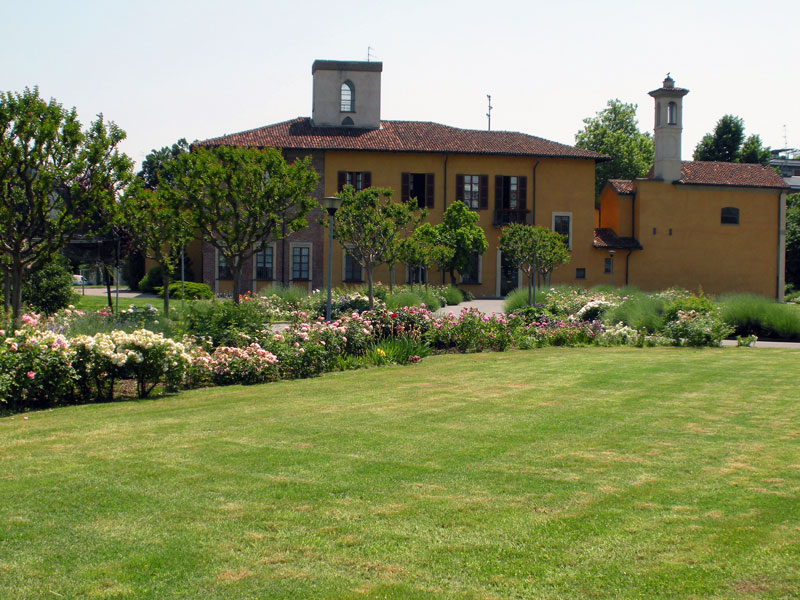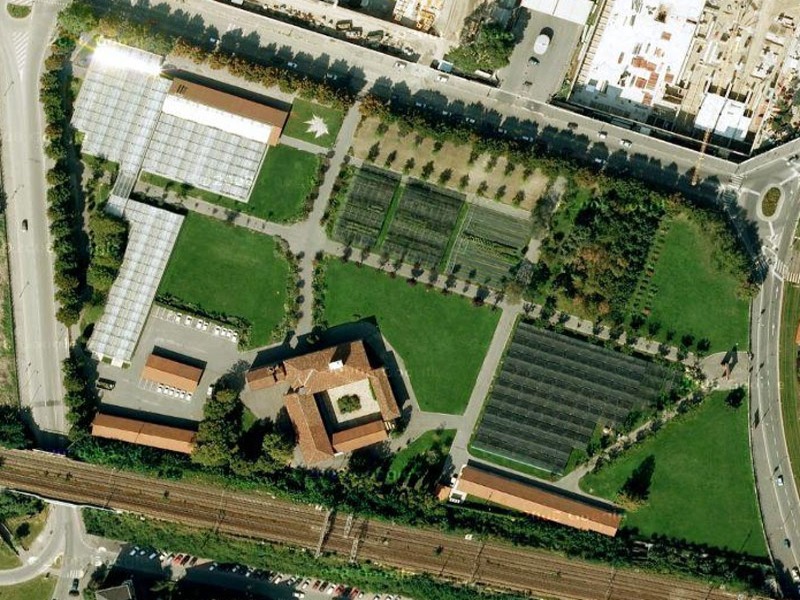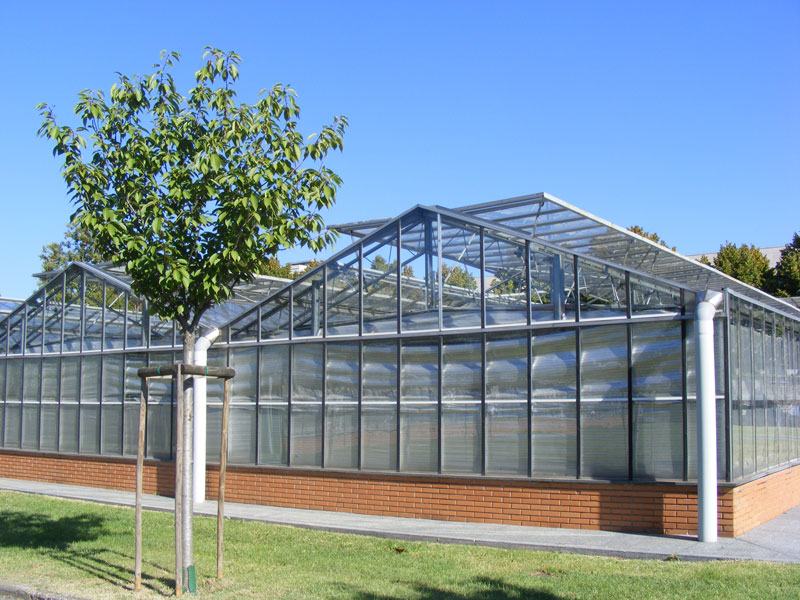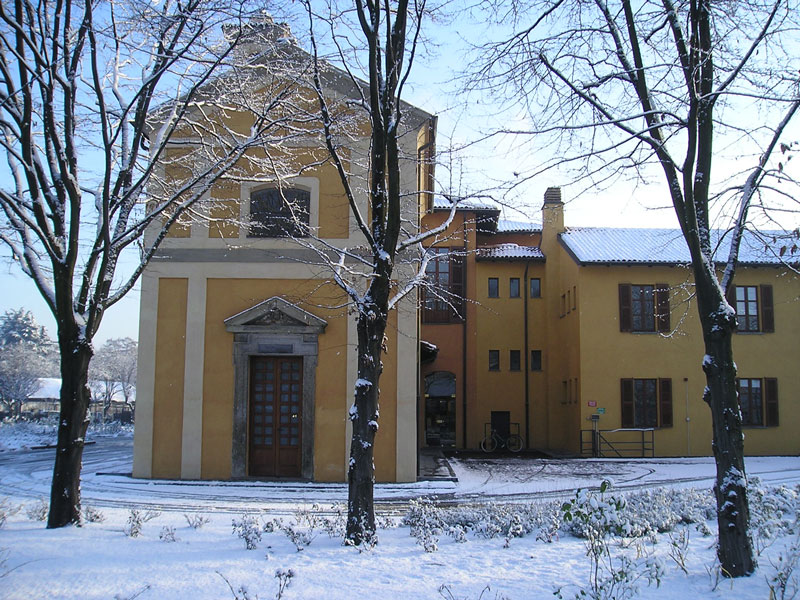
Villa Lonati
Town Hall 9
Villa Lonati
via Zubiani, 1 (in front of the southern entrance of the Maggiore Niguarda Ca' Granda Hospital)
How to get: M5 Ca' Granda | Tram 4, 5 | Buses 51, 83
Built in the 400th century, Villa Lonati hosted several Milanese noble families. After a period of abandonment it became the headquarters of the Green Area of the Municipality of Milan.
In the green space that surrounds it there are greenhouses and shade houses. In these spaces the project Commonly Green deals with creating and curating micro-environments that invite reflection on the diversity of flora, on natural balance and the conservation of biovariety.
The structure can be freely visited every Wednesday from 9:00 to 12:00 and from 13:00 to 16:00.
Before accessing the area it is mandatory to go to the reception to give your details and read the safety regulations.
A section of the shade room dedicated to colors and perfumes.
Citrus fruits belong to the Rutaceae family
Varieties present:
- the cedar (Citrus medica) originating from Asia Minor
- the lemon (Citrus limon) native to India, had spread to Persia, Syria, and Palestine was "discovered" by the Romans in Asia Minor
- for the orange, whose name derives from the Arabic narangi, it is necessary to distinguish between the bitter orange (Citrus aurantium), originating from the southern Himalayas, and the sweet orange (Citrus sinensis), originating from China
- chinotto (Citrus aurantium var. myrtifolia) and bergamot (Citrus aurantium ssp. bergamia) are respectively a variety and a subspecies of the bitter orange
- grapefruit (Citrus maxima) is native to south-east Asia
- the mandarin (Citrus reticulata) originates from the Philippines and south-eastern Asia
- the clementine, born from crossing with the bitter orange; the mandarin orange, born from the marriage with the sweet orange. There are two kumquats for their part:
- the Marumi kumquat (Fortunella japonica), native to Southern China and Indochina
- the Nagami kumquat (Fortunella margarita), wild in the Canton region.
A section of the shade garden is dedicated to some varieties of odorous pelargoniums.
Plants and herbs used by humans from all over the world
The shaded area hosts a collection of food, aromatic, medicinal and dyeing plants.
The origin of the name "medicinal plant" is Latin; derives from the word "workshop", which refers to pharmaceutical laboratories where herbs were processed to create medicinal compounds then used in folk medicine. Now the term has a broader meaning and also includes aromatic and medicinal plants.
Aromatic plants are plants containing odorous substances (flavors), rich in essential oils, whose biological function is hypothesized to be: defense from phytophagous insects, for which they are repellent, stimulating plant metabolism, attraction for pollinating insects, allelopathic agents in competition with other species and defense from herbivores.
Used in popular tradition and in modern herbal science, medicinal plants have had great importance in economic and political history, in cultural exchanges, in the arts and in the development of sciences and techniques.
For many succulent plants, the aquifer tissue of the stem constitutes a water reserve with a conformation that can be cylindrical, semi-cylindrical or globular.
These shapes reduce the surface area exposed to solar rays, which only hit a specific area for a short period of time, leaving the remaining part in the shade.
The leaves are missing or replaced by thorns, bristles or hairiness; the latter, when accentuated, defends the fabric from the cold and ultraviolet rays.
In the absence of leaves, it is the stem that performs the chlorophyll function, carrying out all the gaseous exchanges with the atmosphere.
Often the flowers of succulents are photosensitive, opening completely on a beautiful day, but closing quickly in the presence of clouds.
This strategy allows the plants to keep the pollen dry and intact, which in case of rain would be inexorably swept away, preventing pollination.
It is possible to verify how the main families of succulent plants, the Cactaceae, present only in the American continent, and the Euphorbiaceae, exclusive to the African continent, have evolved by adapting independently in arid areas of the globe, developing, in many cases, the same environmental adaptations .
Water-friendly plants
The observation of a small pond, an ecosystem that is spontaneously disappearing, leads to curiosity and reflections on the importance of being able to conserve these ecosystems rich in life where plants with a very high biodiversity and great primary biological productivity live.
There are also those species which, although exotic, have gone wild, are now part of the flora of Italian marsh environments.
In a balanced aquatic ecosystem we can find the following types of plants:
Submerged aquatic plants with floating leaves which develop a rooted rhizomatous or tuberous apparatus on the bottom while the leaves and flowers are floating (e.g. Aponogeton distachyos, Nelumbo spp., Nuphar spp., Nymphae spp.);
Floating aquatic plantswhere the species shows leaves and flowers emerging from the surface of the water but the roots are floating, i.e. they do not anchor to the bottom. The floating plants, with their development, contribute to keeping the water clear (e.g. Azolla caroliniana, Eichornia crassipes, Hydrocharis morsus Ranae, Lemma spp.);
Oxygenating aquatic plants which grow completely submerged and perform important functions of oxygenation of the water and absorption of excess mineral salts (e.g. Lagarosiphon major, Elodea canadensis);
Marsh aquatic plants which grow around bodies of water, performing important functions in the balance of the ecosystem (e.g. Alisma spp., Caltha spp., Carex spp., Equisetum spp., Juncus spp., Lysimachia spp.).
In the educational greenhouse, open to schools and citizens, there is a collection of plant specimens that grow in the different layers of the rainforests. In addition to ornamental varieties, there are plants grown for edible fruits, spices, essences from which textile fibers are obtained, wood, rubber, resins and essential oils. The coffee plant, banana, vanilla, tamarind, sugar cane, cotton plant are just some of the species hosted.
The plants are inserted according to the geographical origin of 4 continents each identified with a color (Africa, America, Asia, Oceania) and are marked by labels which show the family they belong to and the scientific binomial that identify the species.
The green wall
When designing a wall or a vertical garden, it is necessary to consider the place where it will be inserted. Then check the exposure, temperature and ventilation of the environment, necessary for determining the species to include.
Read also
- List of citrus plants (pdf - 17.281 KB)
- List of odorous pelargonium varieties (pdf - 12.315 KB)
- List of medicinal species present (pdf - 80.106 KB)
- List and origin of succulent plants (pdf - 29.753 KB)
- List of marsh plants (pdf - 27.156 KB)
- List of plants in educational greenhouses (pdf - 50.695 KB)
Updated: 14/12/2022

